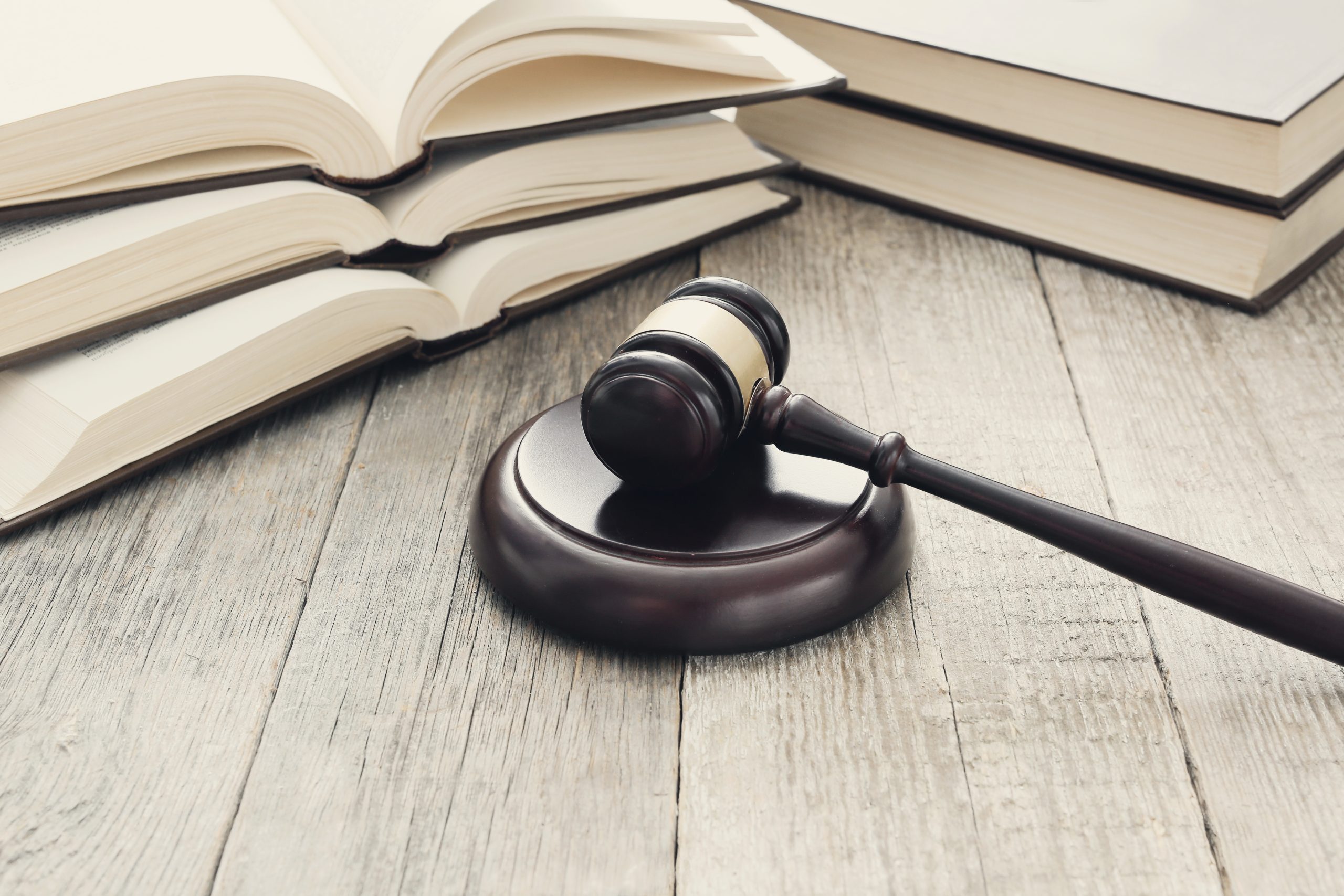- Resources
- Using Case Law to Bolster Your Personal Injury Claims
Using Case Law to Bolster Your Personal Injury Claims
November 24, 2024

Navigating cases in personal injury law requires more than just the facts of a given case. To make a sound claim, lawyers must drink from the well of case law — using precedent to essentially arm their side with more ammunition and weight. Knowing how to use case law skillfully can make a massive difference in the success of a personal injury claim, taking an ostensibly simple case and turning it into a powerfully supported story. Here is how to use case law in support of personal injury claims.
The Foundations of Case Law
Case law, or judicial precedent, is the body of past judicial decisions that inform and guide the interpretation of laws in subsequent cases. In systems like the U.S. common law, case law is king. Consistency and fairness in legal proceedings necessitate compliance with binding precedent, particularly to higher courts. To develop a good argument, personal injury lawyers must know and cite the correct case law.
Find The Applicable Case Law
The preceding step in working with case law is to find the most pertinent precedents. This requires extensive legal research and an in-depth comprehension of the subtleties involved in each case. Westlaw, LexisNexis, and Bloomberg Law are all indispensable databases.
Attorneys must find similar cases with fact patterns, legal issues, or jurisdictional contexts.
Some critical pieces of that process are:
- Jurisdiction: Stick within the jurisdiction due to the weight of precedents, which can be few.
- Similarity in Facts: Look for cases with similar facts (courts often use these to ensure that the law is applied across the board).
- Legal issues/Cases: Find cases on the same legal problem (s). This helps you think in parallels and structure a reasoned argument.
Crafting a Persuasive Argument
Once you know the applicable case law, you are ready to integrate it into the narrative of your case. This includes making the best arguments about why the current case is similar to past cases and emphasizing how the reasoning behind those cases supports the decision, which opposing parties also want.
Incorporating case law in pleadings — including complaints, motions, and briefs — lays the groundwork for a solid legal argument. Always reference cases and explain why they are pertinent. For example, referring to prior rulings that have found similar liability can help substantiate the case of a car accident case where the defendant is alleged of not exercising proper negligence. For example, you might cite a court case that found a driver responsible for rear-ending another car because he or she was driving while distracted and compare that decision to the player in the news today.
Using case law is a great way to convince judges in oral argument. Precedents should roll off their tongues; lawyers should quickly answer questions and back up arguments against counter-precedents as though they have judicial authority. By showing how existing case law backs up their position, lawyers will bolster their credibility and the persuasiveness of their argument.
Even Though Counterarguments
This is more about getting ahead and mitigating arguments that might be made based on case law. Counsel in opposition will likely have precedents they rely on to support their argument. From there, the attorneys strategically invalidate that line of questioning by pointing out a distinction in those cases and why these are not factually applicable to disprove their point.
The Use of Case Law in Settlement Negotiations
While case law is critical for the Court, it is also precious in settlement negotiations. By offering a compelling, well-supported argument with relevant precedents in the initial stages of legal proceedings, one may demonstrate the weight of the claim to the other party of litigation and, hence, secure a larger-than-expected settlement. When insurance companies see that the injured victim has a solid legal foundation for their claim, they and their defending attorneys are more likely to take the case seriously as it works toward settlement.
Continuous Learning and Adaptation
Given the nature of case law, legal interpretations constantly change. As a result, personal injury attorneys must be up-to-date on these changes to properly use case law in their practice. To stay current with the law, aspirants should refer to recent judgments, attend seminars, and constantly hone their legal knowledge.
Practical Application An example is a slip and fall case at a commercial property, where the plaintiff suffers personal injury. A lawyer could rely on the pivotal case involving Rowland v. Christian and then use this to determine the role of duty of care a property owner shall bear for invitees. In showing how this precedent fits the present case, proving negligence by a property owner to keep premises safe, and citing successful claims in similar circumstances, an attorney can make a strong case for liability and damages.
Conclusion
Attorneys must use case law to strengthen personal injury claims. By carefully reviewing prior cases, analyzing relevant precedents, and framing arguments consistent with ongoing changes to jurisprudence, attorneys can bolster the soundness of their claims and raise the likelihood of achieving successful outcomes. Regarding personal injury law, the correct case law used strategically can differentiate between a win and a lost chance in an already highly competitive legal field.
If you are looking for virtual paralegal assistant who could help you ace your legal business, reach out to legal process outsourcing companies.
All Categories
- Agile Legal Support (1)
- Case Law (88)
- Case Studies (6)
- Demand Letter (14)
- Deposition Summaries (11)
- Legal Outsourcing (3)
- Legal Research (72)
- Marketing (1)
- Medical Summaries (14)
- Others (4)
- Personal Injury (54)
- Virtual Assistant (59)
- Virtual Paralegal (2)
Related Blogs
Author
Lavina Mathias
Designation: Content Writer and Creator
Dedicated legal content writer specializing in the legal industry. Has a strong track record of producing high-quality content that effectively communicates complex legal concepts to…Reviewer
Ruchi Bhakhri Sharma
Designation: CEO
25 years of combination of serving as a lawyer in India and paralegal support to US lawyers. Led a diverse team of legal professionals, project…Recent Blogs






